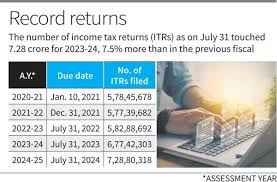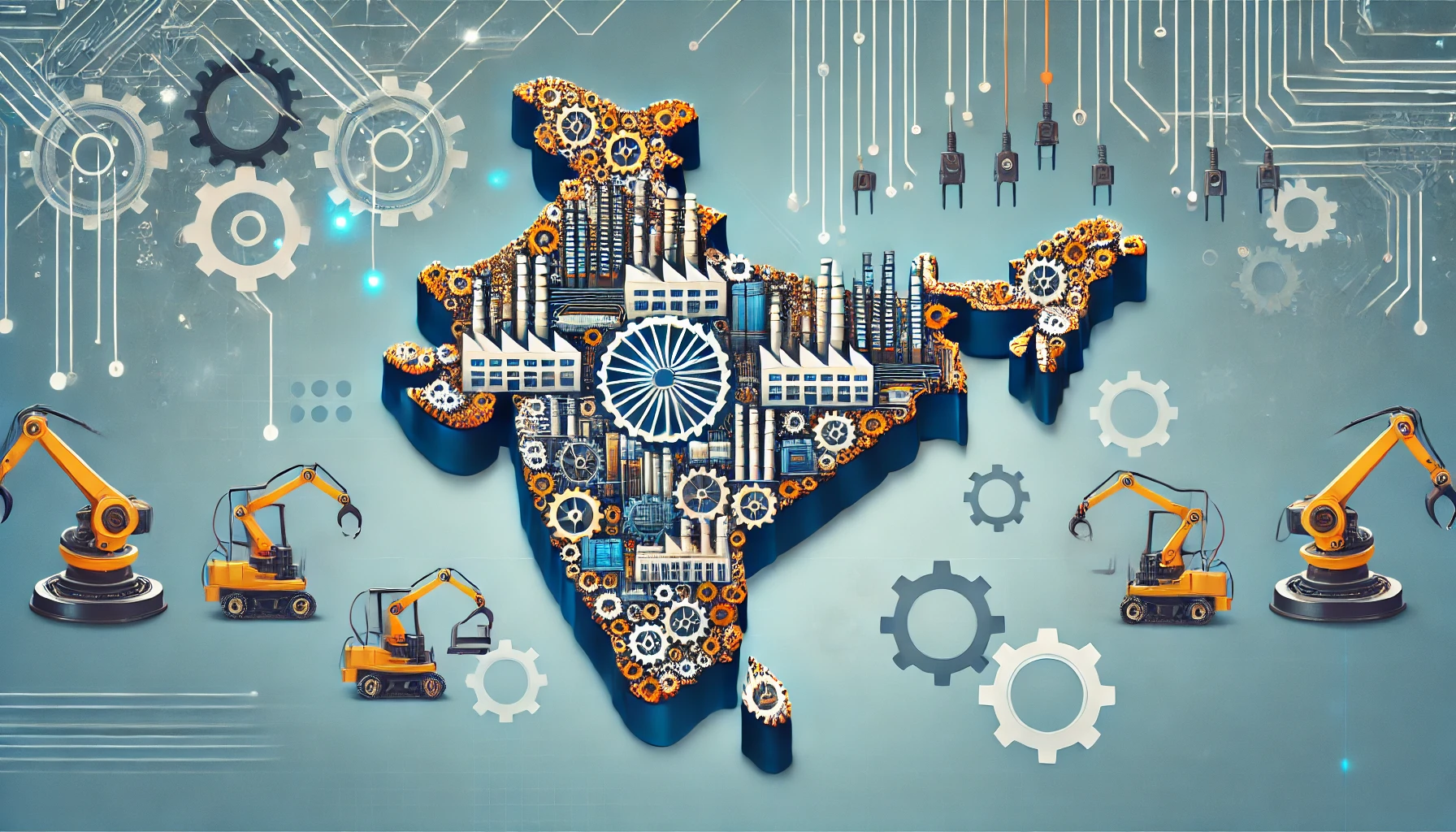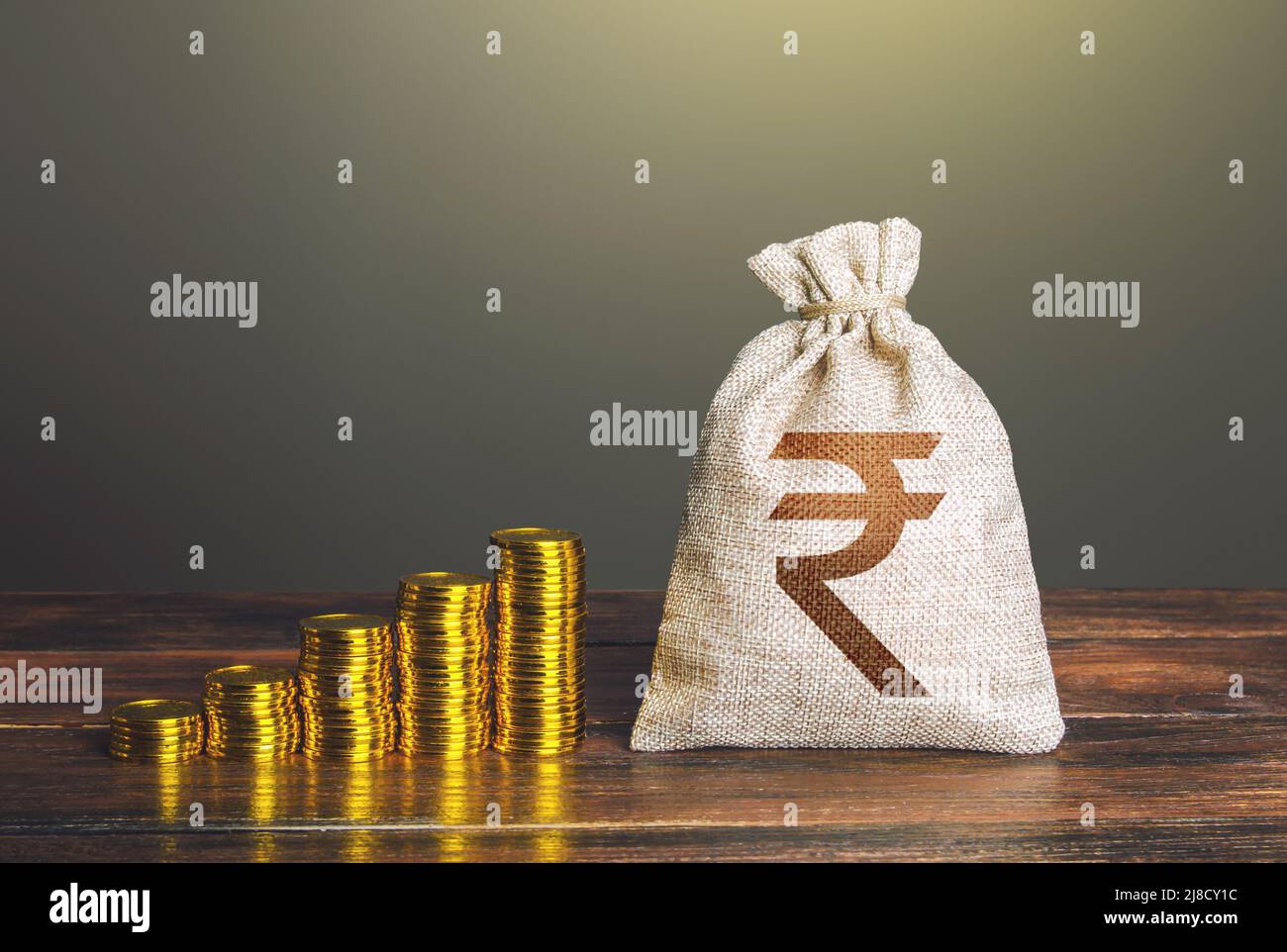The Hindu: Page 03
Syllabus : GS 3 : Indian Economy
In the financial year 2023-24, 72% of India’s income-tax payers chose the new tax regime, a rise attributed to recent enhancements in the 2023-24 Budget.

Old Tax Regime Vs. New Tax Regime
• Allows over 70 exemptions and deductions, including HRA, LTA, and deductions under Section 80C (up to ₹1.5 lakh).
• Tax Slabs:₹0 – ₹2.5 lakh: Nil₹2.5 lakh – ₹5 lakh: 5%₹5 lakh – ₹10 lakh: 20%Above ₹10 lakh: 30%
• Standard Deduction: ₹50,000 available for salaried and pensioned individuals.
• Family Pension: Deduction of ₹15,000 or 1/3rd of the pension, whichever is lower.
• High Net Worth Individuals: Higher surcharge of 37% on income over ₹5 crore, leading to an effective tax rate of 42.74%.
• Leave Encashment Exemption: ₹3 lakh for non-government employees.
• Flexibility: Requires detailed documentation and claims of deductions and exemptions.
• No claims for most exemptions and deductions such as HRA, LTA, or Section 80C.
• Tax Slabs:₹0 – ₹3 lakh: Nil₹3 lakh – ₹6 lakh: 5%₹6 lakh – ₹9 lakh: 10%₹9 lakh – ₹12 lakh: 15%₹12 lakh – ₹15 lakh: 20%Above ₹15 lakh: 30%
• Standard Deduction: While the standard deduction is indeed ₹50,000 in both regimes, the Budget 2024 has increased it to ₹75,000 exclusively for the new tax regime.
• Family Pension: The increased deduction of ₹25,000 for family pension is also a recent change introduced in Budget 2024 and applies to the new tax regime.
• High Net Worth Individuals: Reduced surcharge from 37% to 25%, lowering effective tax rate to 39%.
• Leave Encashment Exemption: Increased from ₹3 lakh to ₹25 lakh.
• Default Regime: New regime is the default option; switching requires submission of Form 10IEA.
• The old tax regime is advantageous for those with significant deductions and exemptions, while the new tax regime is beneficial for those preferring simplicity and lower tax rates without needing extensive documentation.
UPSC Prelims PYQ : 2017
Ques : Consider the following statements :
1. Tax revenue as a percent of GDP of India has steadily increased in the last decade.
2. Fiscal deficit as a percent of GDP of India has steadily increased in the last decade.
Which of the statements given above is/are correct?
a) 1 only
b) 2 only
c) Both 1 and 2
d) Neither 1 nor 2
Ans: d)






